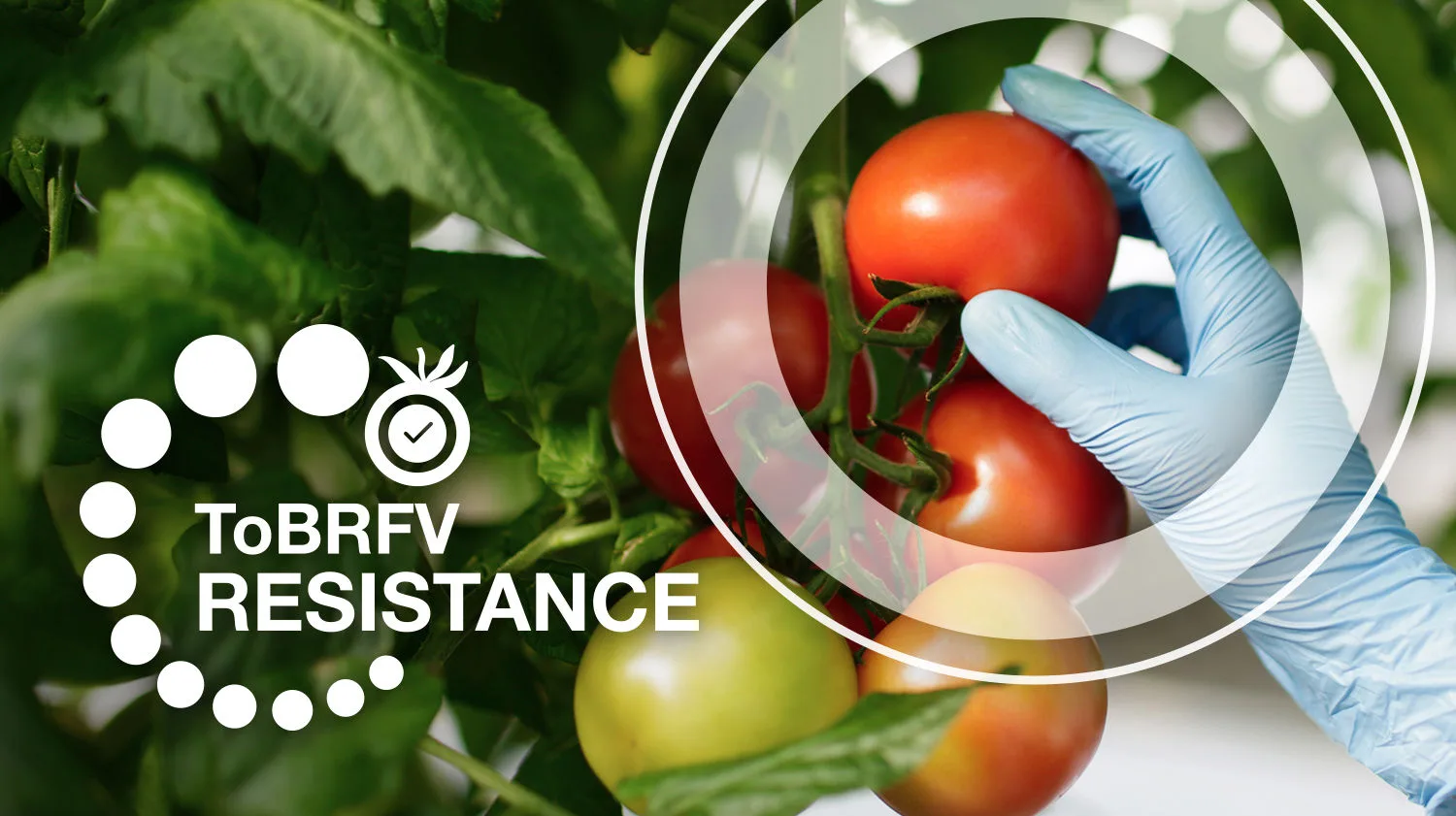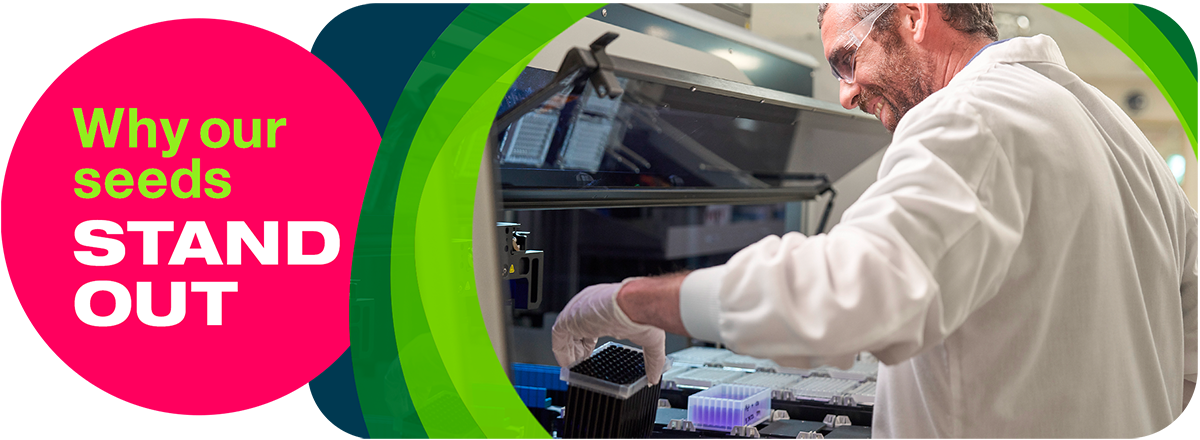Root uptake of ToBRFV
In general, virus infection starts with a mechanical infection when workers are handling the head of the plant. The virus moves quickly to the head of the plant, which is the most active growing part, but also to the roots through the phloem.
In some cases, ToBRFV might infect the plant from drain water and/or substrate. To investigate this issue Bayer conducted an experiment at an independent institute to see how easily roots can be infected.
In the trial, young plants were grown until roots emerged from the underside of the normal rockwool planting block. These roots were then damaged and then a solution containing ToBRFV was applied to infect the roots. After six weeks the roots and the above-ground plants were tested for ToBRFV.
The results showed that the roots in the middle of the rockwool block (i.e., not the roots which were initially infected), showed very low levels of ToBRFV. The PCR values were around 32, indicating the presence of virus particles. In terms of biological relevance, it is insufficient to identify a genuine ToBRFV infection in the plant. In the leaves of the scion, no virus was detected at all, indicating that ToBRFV was not transported from the roots to the shoots of the scion. This result, which suggests little or no uptake of the virus from the roots, is in line with other research*.










